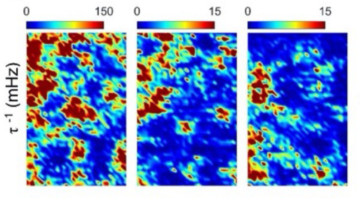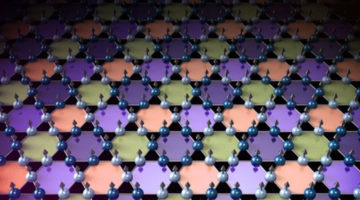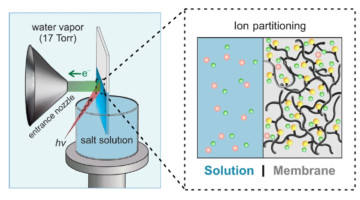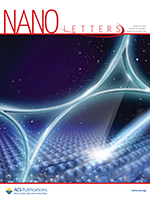Combining x-ray photon correlation spectroscopy (XPCS) with scanning micro x-ray diffraction (SµXRD), researchers found that charge density wave domains (known as “puddles”) in a nickelate material exhibit two types of dynamics: small puddles actively “percolate” (fluctuate in size and shape), while large puddles are more static. Read more »
All News & Updates
Charge Density Wave Found in Magnetic Kagome Crystal
Researchers discovered a wave-like charge order in a magnetic material with a “kagome” geometric structure and obtained clues to the order’s origins in the material’s electronic structure. By helping to connect certain structures with emergent quantum properties, the work brings us a step closer to the goal of creating materials by design. Read more »![]()
![]()
Valeriy Yashchuk Elected SPIE Fellow
ALS Senior Staff Scientist and Metrology Program Lead Valeriy Yashchuk has been named a 2023 Fellow of SPIE, the international society for optics and photonics. Fellows are members of distinction who have made significant scientific and technical contributions in the multidisciplinary fields of optics, photonics, and imaging. Read more »
Save the Date: 2023 User Meeting & Visioning Workshops
The 2023 ALS User Meeting & Visioning Workshops will be held as a hybrid event September 11–15, 2023. The User Meeting, chaired by Yu He, Wendy Gu, and Devin Grabner, will take place Monday and Tuesday. The second half of the week will offer users, staff, and invited guests the opportunity to shape the facility’s future through visioning workshops. Read more »
LBNL Cafeteria Has Closed; Other Food Options Are Available
The Berkeley Lab cafeteria has closed to make way for a new welcome center, which will be constructed over the next few years and feature a new cafeteria. In the interim, food trucks, local food delivery, and other options are available. Read more »
March 1 Deadline for General User Proposals
The User Office is accepting new General User Proposals (GUPs) from scientists who wish to conduct research at the ALS in the 2023-2 (August–December) cycle. The deadline for submissions is March 1, 2023. Applicants are reminded that they may request joint access to the Molecular Foundry, a nanoscience user facility at Berkeley Lab, to support their ALS activities. Read more »
First Direct Measurement of Elusive Donnan Potential
Researchers performed the first direct measurement of the Donnan electrical potential, which arises from an imbalance of charges at membrane-solution interfaces. Considered unmeasurable for over a century, the Donnan potential is relevant to a wide range of fields, from cell biology to energy storage and water desalination. Read more »![]()
![]()
Inna Vishik, 2023 Users’ Executive Committee Chair
Inna Vishik began using synchrotrons in graduate school and conducts even more synchrotron research as a professor. As chair of the UEC, she is working to enhance accessibility to this facility—and has suggestions for fun things to do after beamtime, too! Read more »
New UEC Members for 2023
Welcome to Aidan Coffey, Whitney Loo, Alexander Baker, Tamas Varga, Leonid Sheps, Sophie Morley, and Devin Grabner. Thank you to Rourav Basak, Yingge Du, Stephanie Gilbert Corder, Eric Meshot, Hope Michelsen, Matthijs van Spronsen, and Johanna Nelson Weker for your service. Read more »
Dirac Nodal Line in Hourglass Semimetal Nb3SiTe6
Hourglass fermion in an electronic band structure is protected by the nonsymmorphic symmetry of a layered semimetal Nb3SiTe6. Angle-resolved photoemission spectroscopy demonstrates the band features of an hourglass fermion in k-space, such as band crossings and nodal loops. Read more »
- « Previous Page
- 1
- …
- 29
- 30
- 31
- 32
- 33
- …
- 139
- Next Page »









